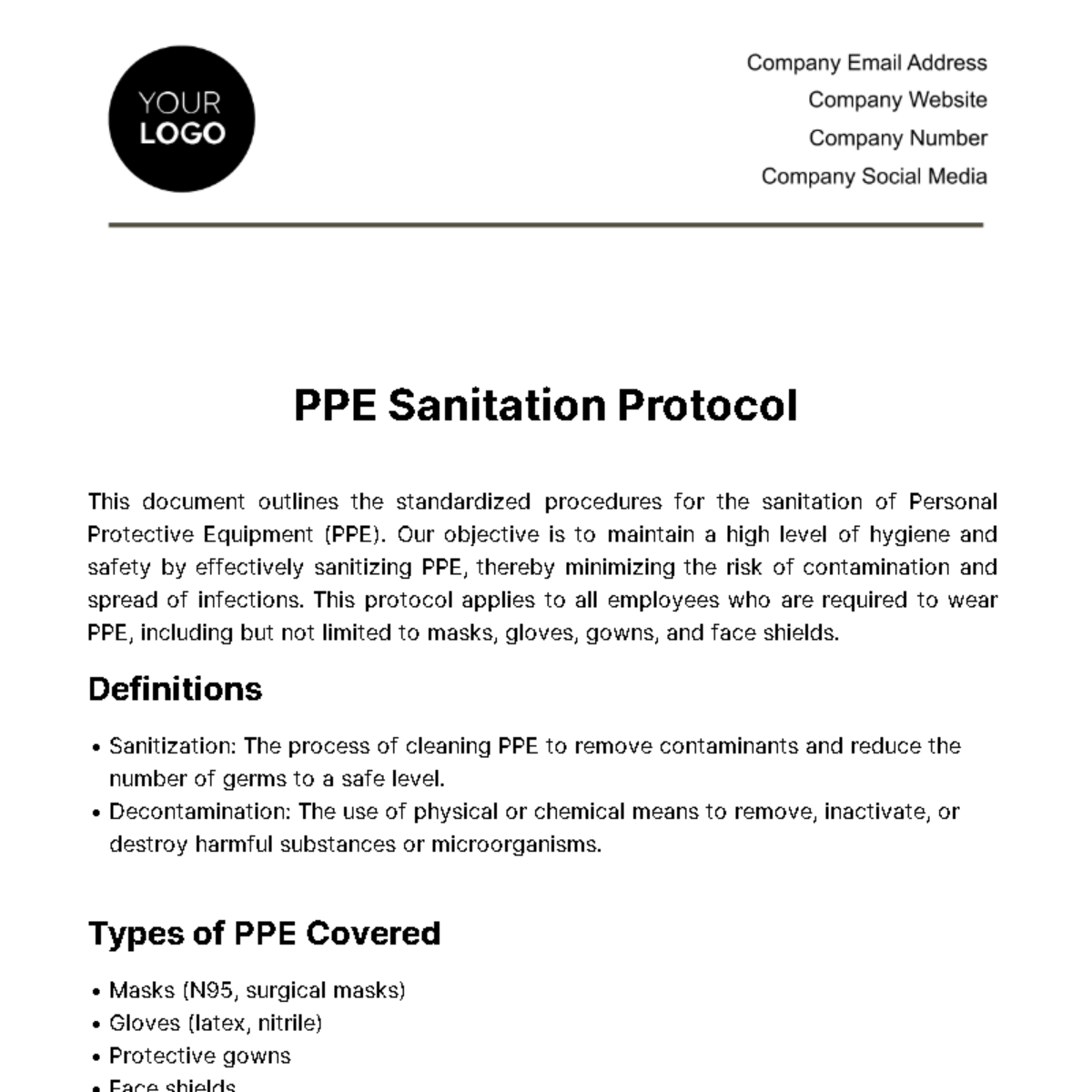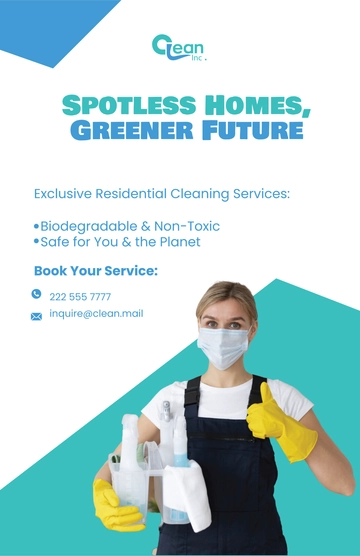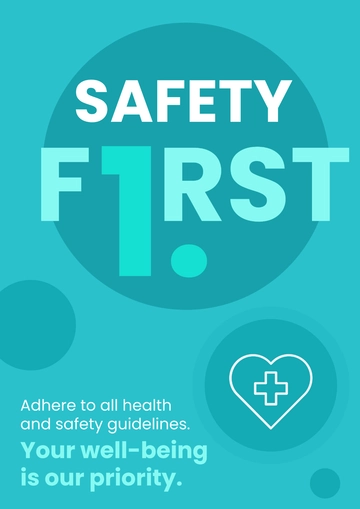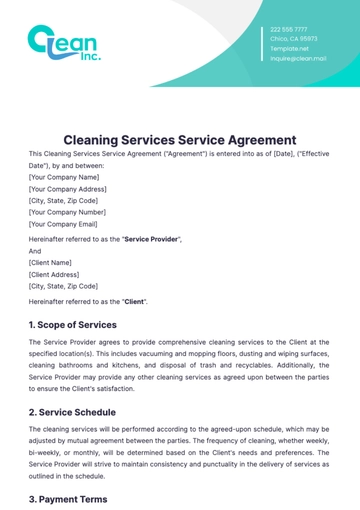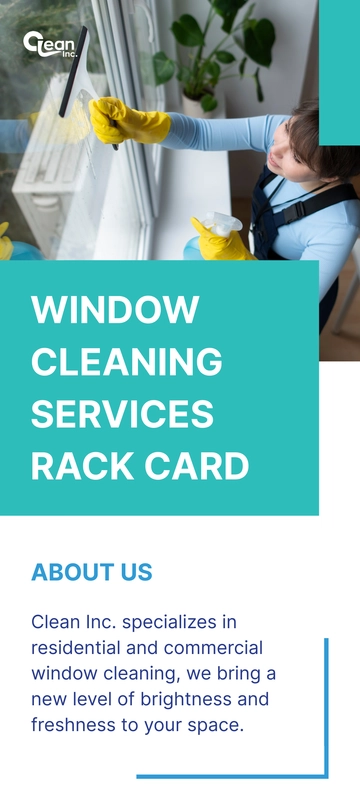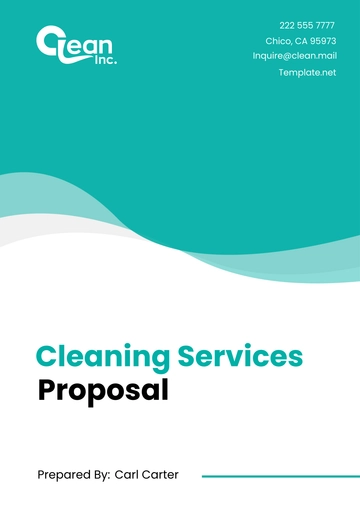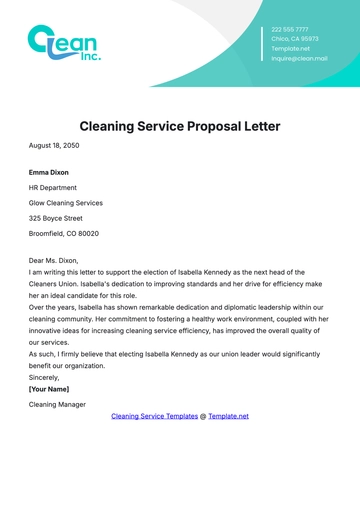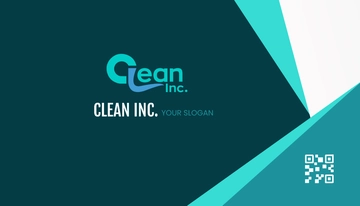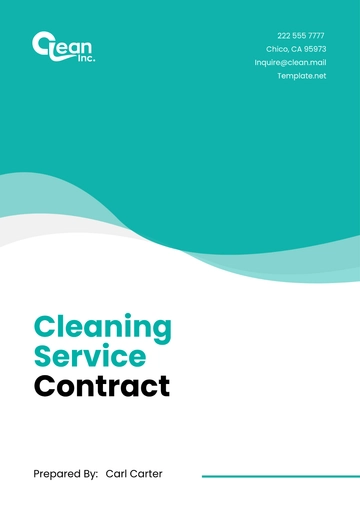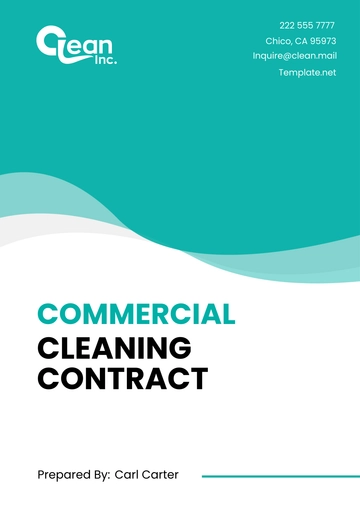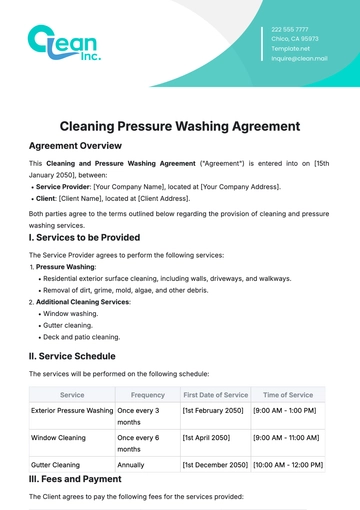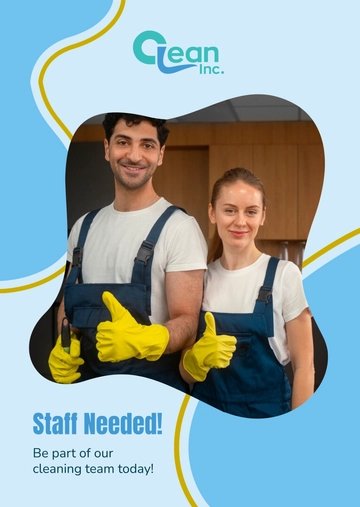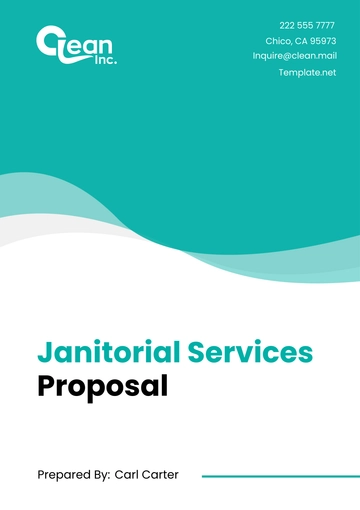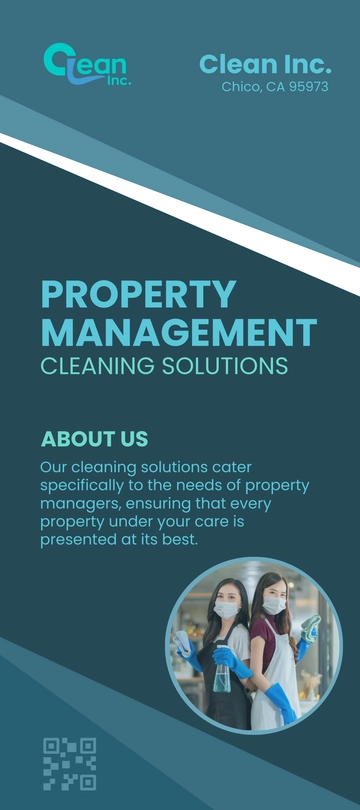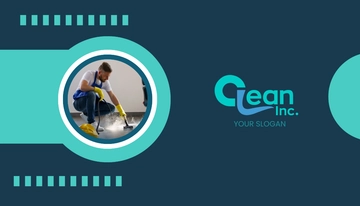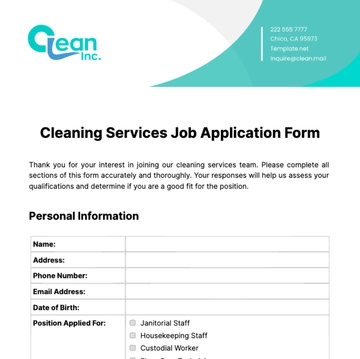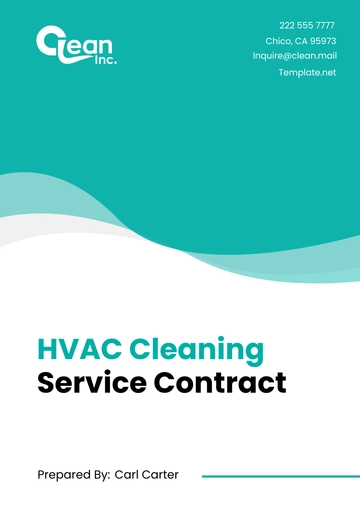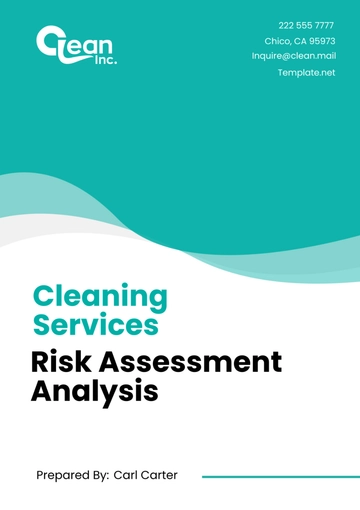PPE Sanitation Protocol
This document outlines the standardized procedures for the sanitation of Personal Protective Equipment (PPE). Our objective is to maintain a high level of hygiene and safety by effectively sanitizing PPE, thereby minimizing the risk of contamination and spread of infections. This protocol applies to all employees who are required to wear PPE, including but not limited to masks, gloves, gowns, and face shields.
Definitions
Sanitization: The process of cleaning PPE to remove contaminants and reduce the number of germs to a safe level.
Decontamination: The use of physical or chemical means to remove, inactivate, or destroy harmful substances or microorganisms.
Types of PPE Covered
Sanitation Procedures
General Guidelines: Always wear gloves and practice hand hygiene before and after handling used PPE. Inspect PPE for damage before attempting sanitation. Damaged PPE should be discarded.
Masks: For reusable masks such as N95 respirators, use a UV-C light sanitation box. Place the mask inside the box, ensuring that the inside and outside of the mask are fully exposed to the UV-C light. Run the UV-C light for the recommended duration as per manufacturer's guidelines, typically around 15-30 minutes. After UV-C light treatment, place the masks in a clean, dry area with good air circulation for at least 1 hour to ensure they are completely dry before reuse.
Gloves: Most gloves in our use are single-use and should not be sanitized and reused. In cases where durable gloves are used, clean durable gloves with a mild detergent and warm water. After washing, rinse the gloves thoroughly under running water. Then, soak the gloves in a disinfectant solution for at least 10 minutes. Air dry the gloves completely before reuse. Avoid direct sunlight or excessive heat.
Protective Gowns: Launder reusable protective gowns. Use a fragrance-free, hypoallergenic detergent. Set the washing machine to a warm water setting (at least 60°C) and use a gentle cycle. Dry the gowns in a tumble dryer on a medium heat setting. Ensure gowns are completely dry before reuse to prevent microbial growth.
Face Shields: Initially clean the face shields with soap and warm water to remove any visible dirt or residue. Use a disinfectant solution (such as 70% isopropyl alcohol) to thoroughly wipe down both sides of the face shield. Soak a clean cloth in the disinfectant and gently wipe the entire surface of the face shield. Pay special attention to areas that come in contact with the face and hands. Allow the face shield to air dry completely in a clean environment. Avoid wiping dry to prevent static build-up and scratching.
Storage: Store PPE in a clean, dry environment after sanitization. Avoid cross-contamination during storage.
Reminders
Always wear disposable gloves when sanitizing PPE.
Ensure good ventilation during the sanitation process.
Check for any signs of damage or wear and tear before reusing PPE.
Dispose of single-use PPE as per our waste disposal policy.
Report any issues or concerns regarding PPE sanitation to your supervisor immediately.
Compliance
Adherence to these protocols is mandatory for all staff. Regular inspections and audits will be conducted to ensure compliance.
Policy Review
This protocol will be reviewed bi-annually and updated as necessary.
Contact Information
For questions or additional information regarding PPE sanitation protocols, contact [Contact Person/Department].
Health & Safety Templates @ Template.net
